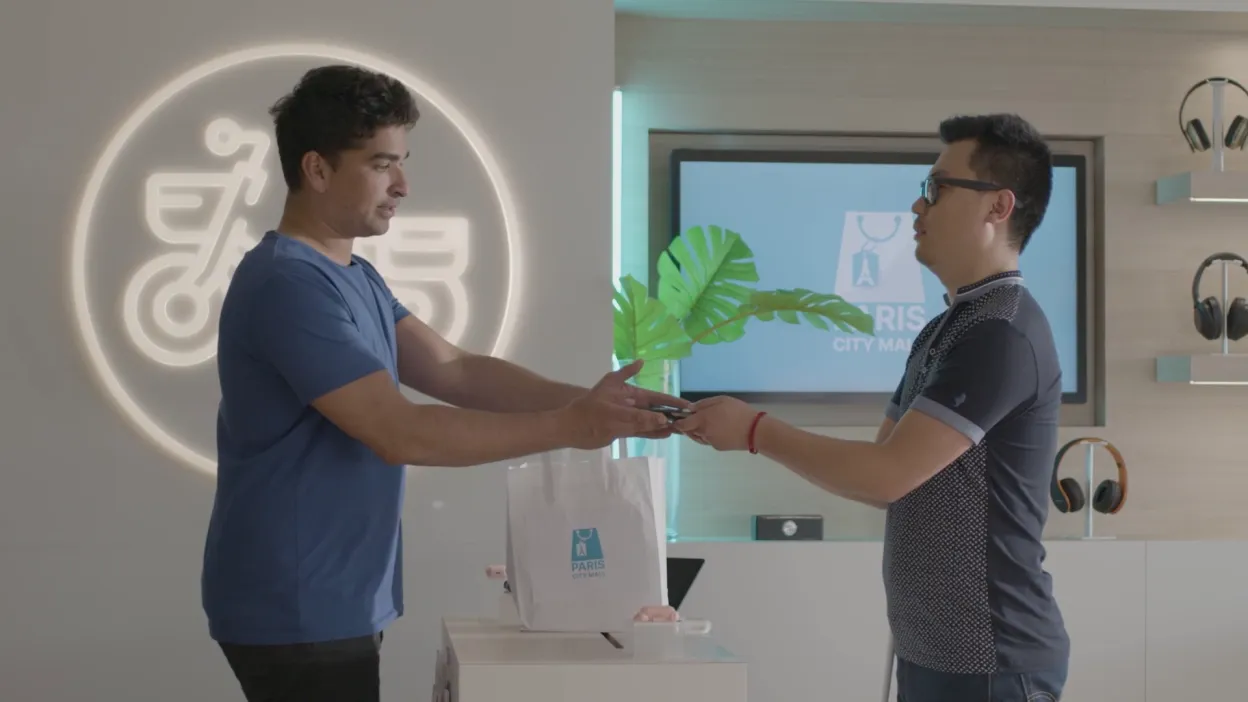Making touchscreen terminals accessible to people with a visual impairment

Touchscreens are increasingly being used for payment and while they offer many benefits for users, we must ensure they are accessible for all.
Martin Doherty, CSO for Northern Europe and DACH at Ingenico, shares how Ingenico found a solution alongside the Royal National Institute of Blind People (RNIB) to enable blind and partially sighted people to enter their PIN on a touchscreen POS terminal in the most secure way.
How does the touchscreen present a challenge for people with a visual impairment in the payment context?
The payment landscape is transforming rapidly. New technologies are being introduced at increasing speed bringing with them a wide range of benefits for users. The growing use of touchscreen payment terminal devices is one such example. These new devices typically run on Android, which brings many new benefits. Yet, this technology with its large touchscreen can present a challenge for blind and partially sighted people. Without a physical keypad, the touchscreen is impossible to navigate in the same way as a traditional terminal with buttons. What is more, it is not possible for a payment terminal to ‘speak’ the keyboard digits or the PIN as this would compromise the security of the payment process. So, this new display technology presents a challenge and there is a risk of exclusion if the right steps are not taken to ensure accessibility.
How did Ingenico address this problem?
Ingenico is committed to providing solutions that ensure the accessibility of payment to all. We started, at the early stage of our Android deployment, collaborating with the RNIB in the UK to create a new interface for our Android AXIUM range. Incorporating the recommendations of blind and partially sighted people gathered during user testing, the interface works effectively for a range of visual impairment levels. Utilising the large colour touchscreen on the AXIUM DX8000, for example, and its ‘text-to-speech’ capability, the solution is PCI approved, maintaining the security of the PIN entry process.
So how does it work?
On the device interface there is an internationally recognised icon for people with visual impairment which when pressed by the merchant launches the full ‘Accessibility Mode’. This prompts the terminal to provide an audible introduction, guiding the user around the keyboard.
The touchscreen then makes use of large, bold characters in a font recommended for character recognition. This provides good contrast and clarity, supporting people with impaired vision to use the PIN pad more easily.
Using ‘text-to-speech’ functionality, the terminal reads out the amount to be paid, along with instructions supported by a series of beeps to assist with keypad navigation.
For the PIN entry, the user double taps anywhere on the screen to select the desired key. The whole process also has an extended time-out feature, allowing the user to carefully complete their transaction in the time they need. It goes without saying that the whole experience is PCI approved and is completed in the most secure way.
I would recommend watching this short demo to see the solution in practice:

Why is this project important to you?
Ingenico is committed to ensuring that its payment solutions are inclusive – so that everyone can benefit from them – and I think this is hugely important. We are extending the interface developed for the AXIUM DX8000 to other touchscreen products in our AXIUM range. Making the best payment solution does not suffice; everyone must have access to them. That is our commitment as a global leader in the payment space.










